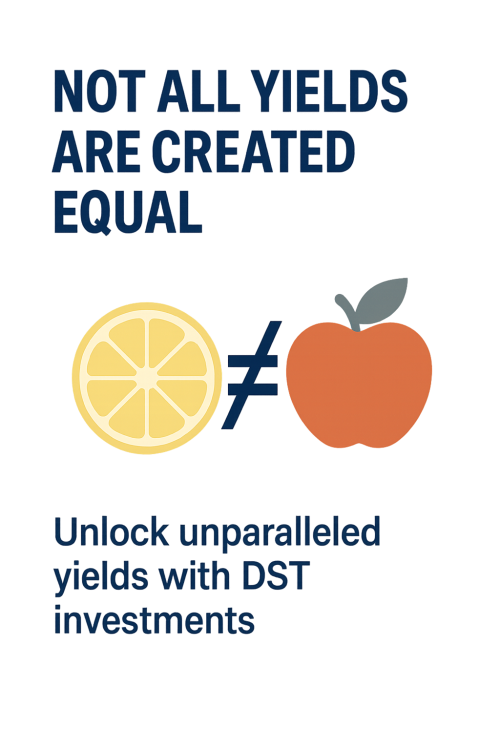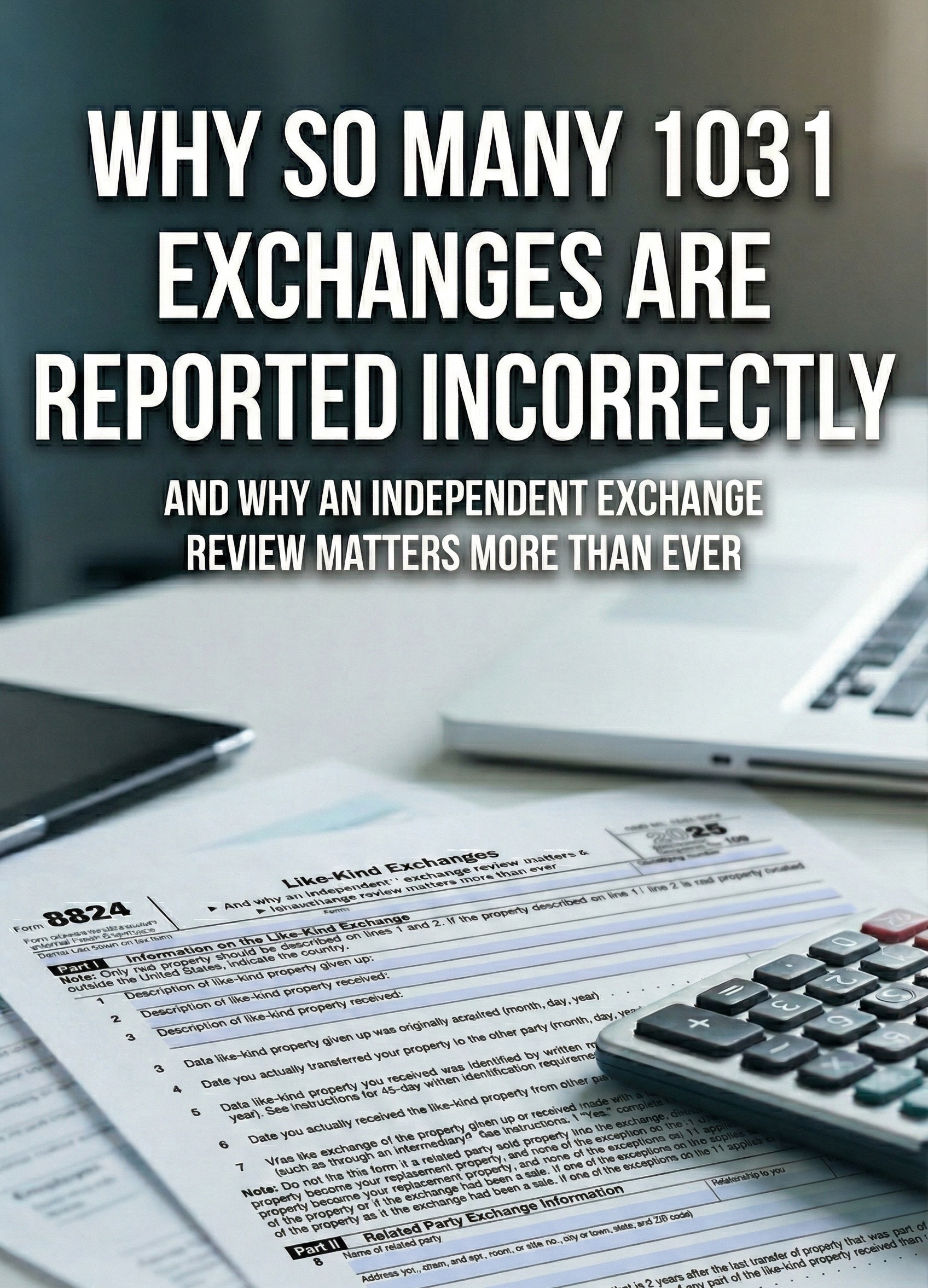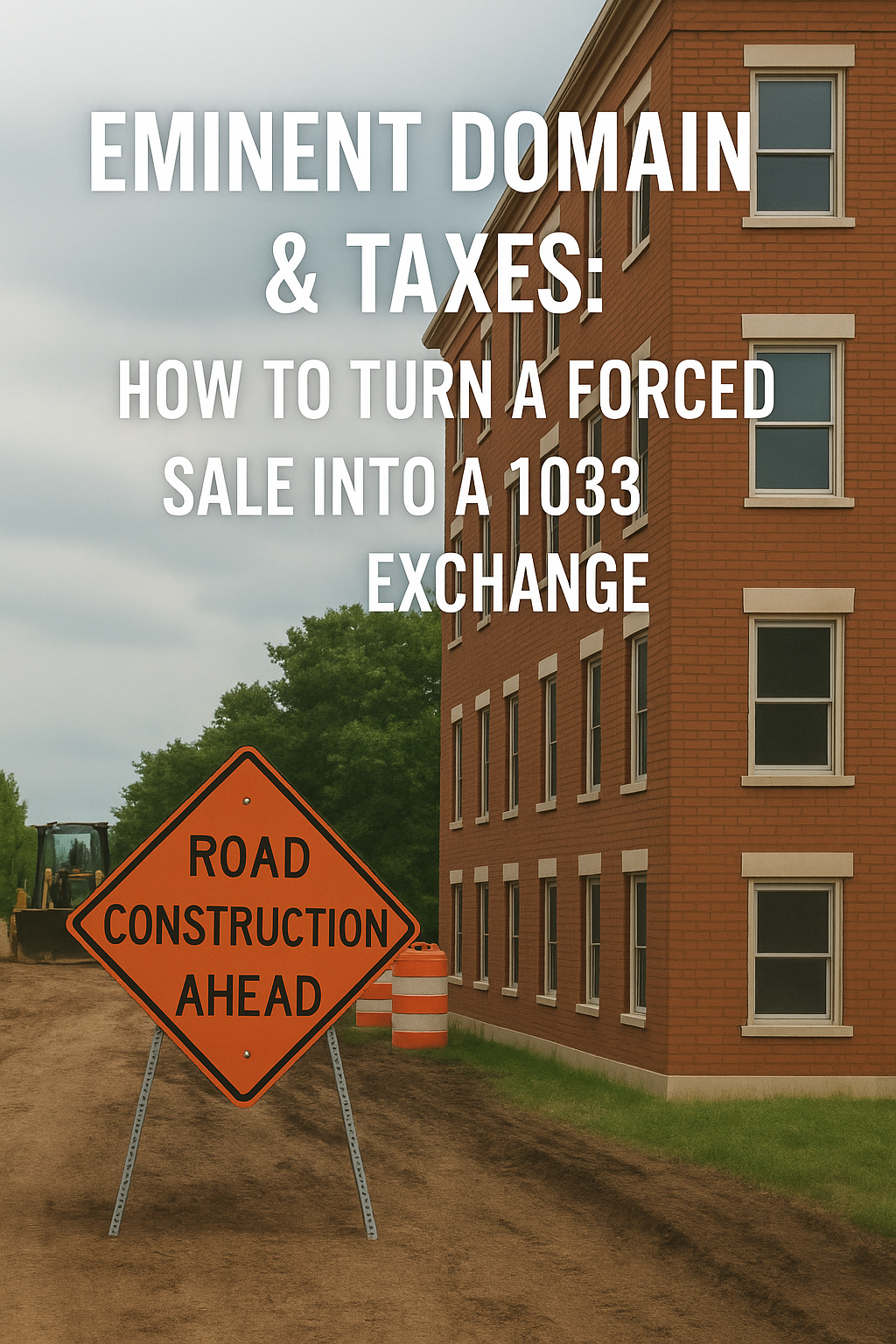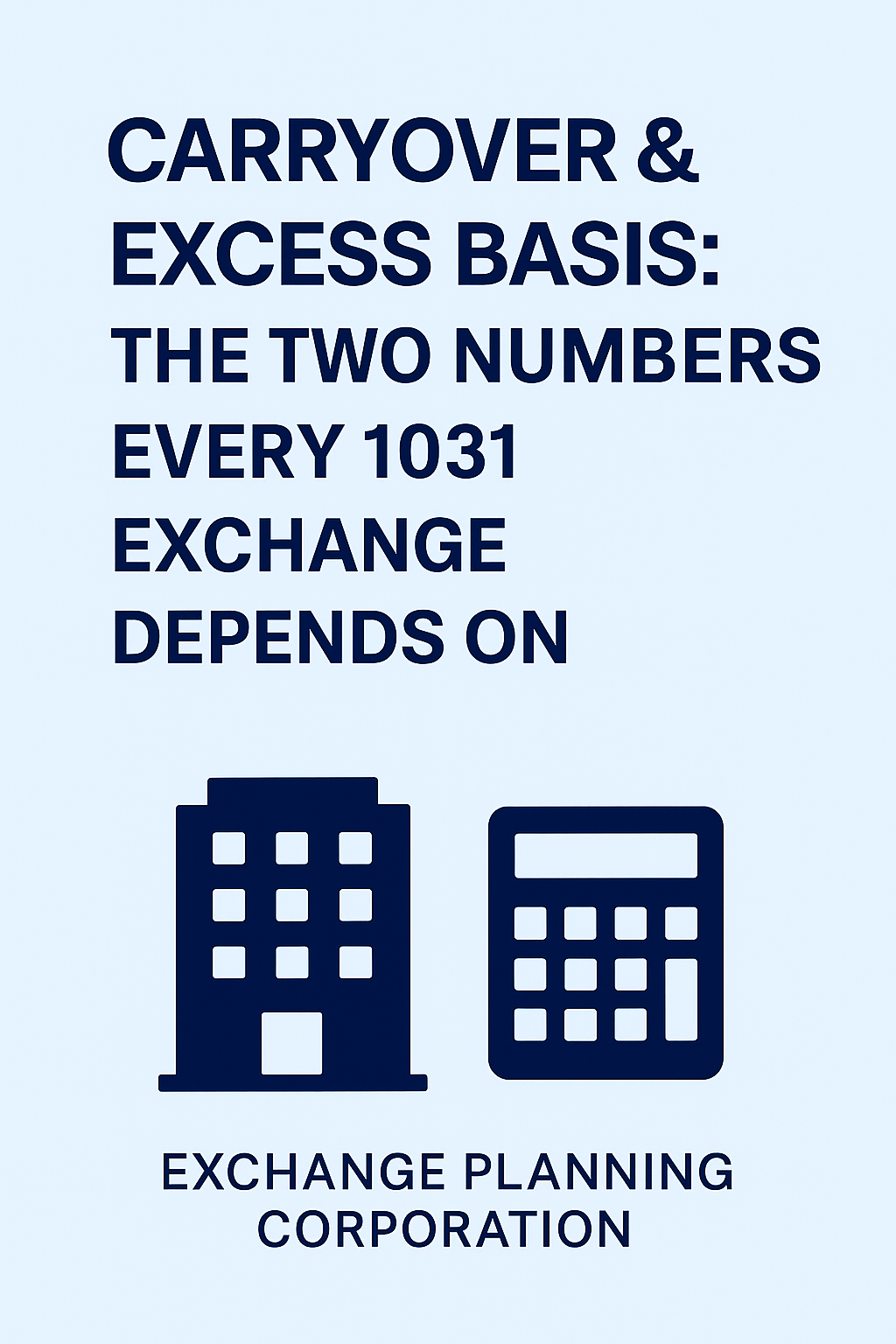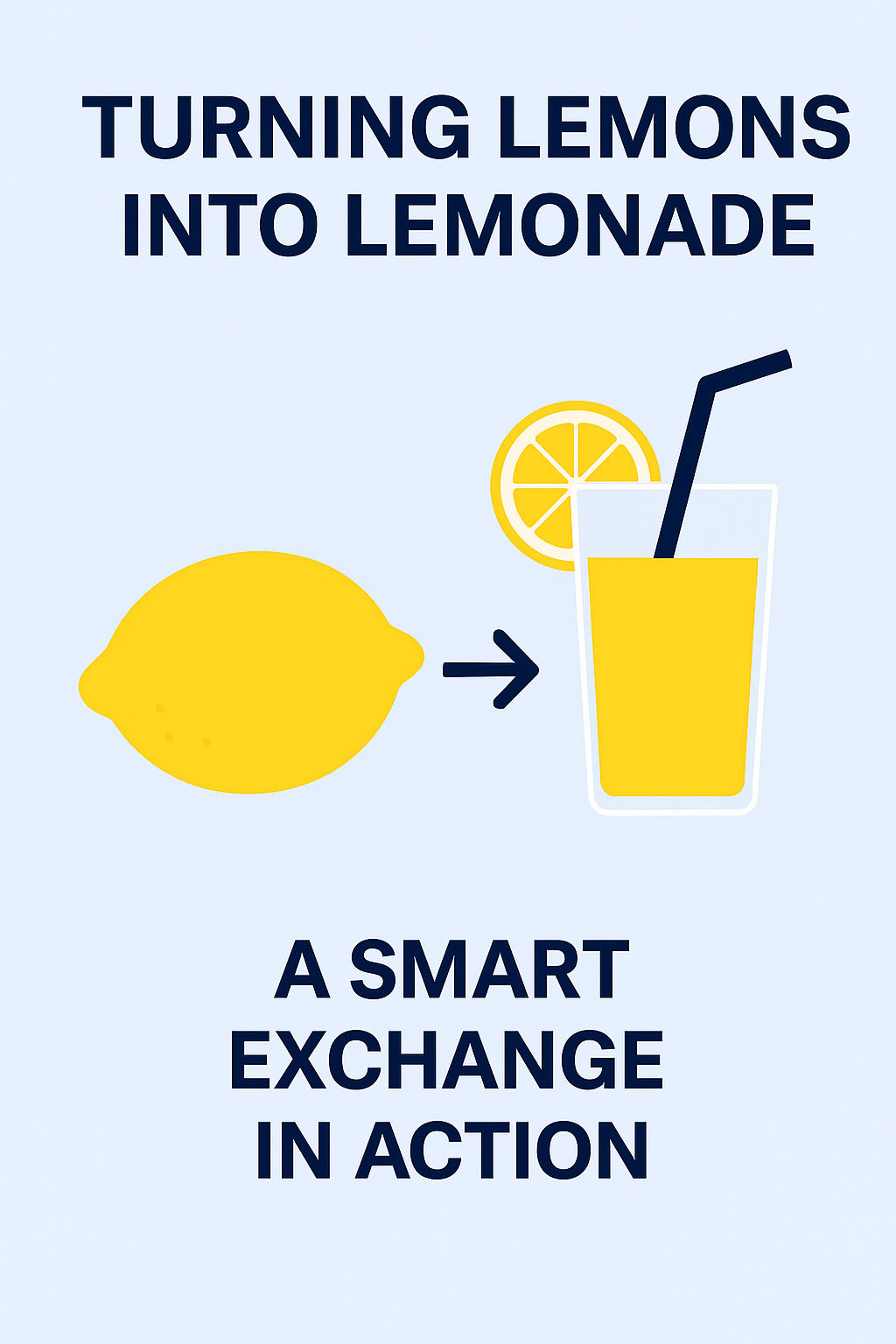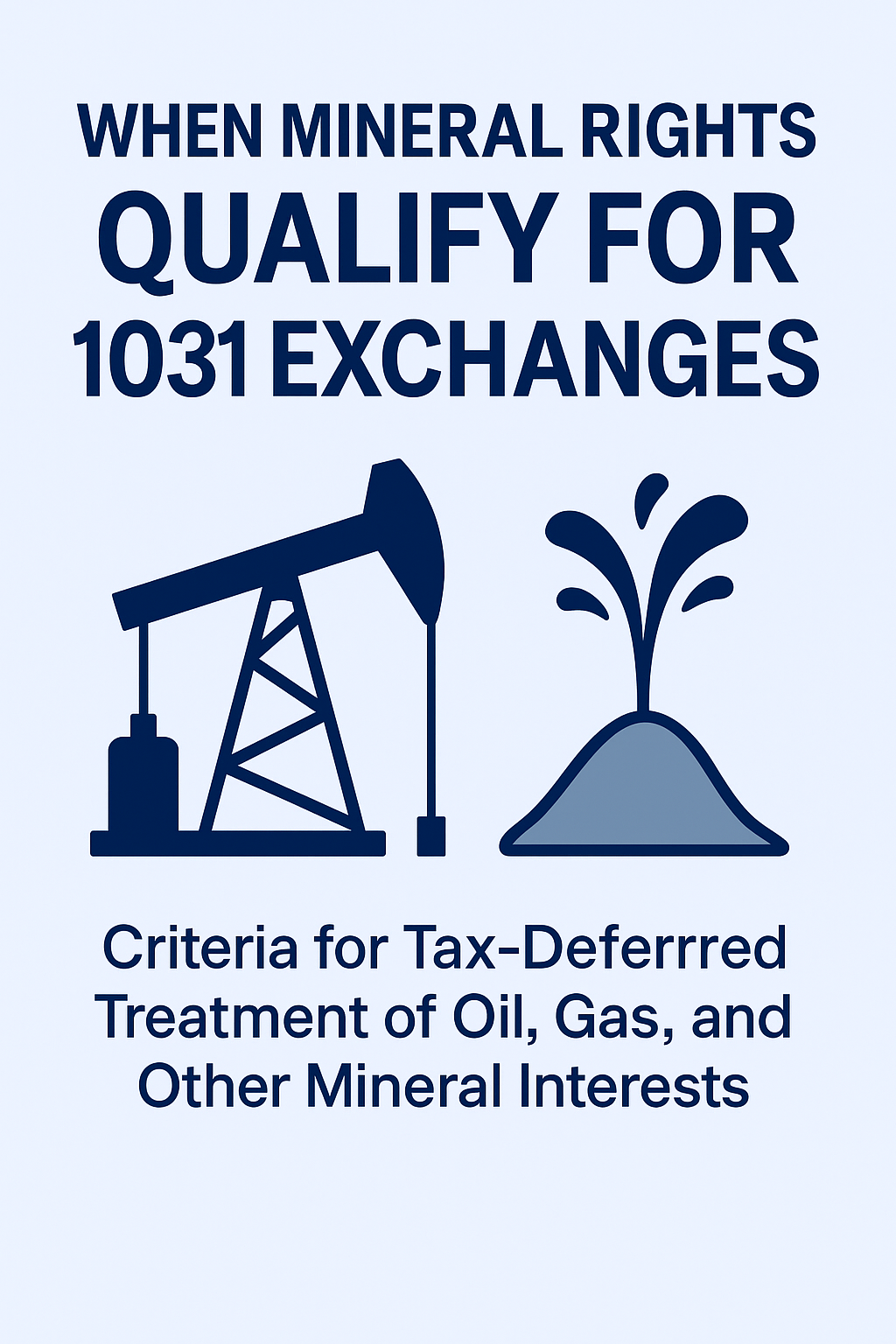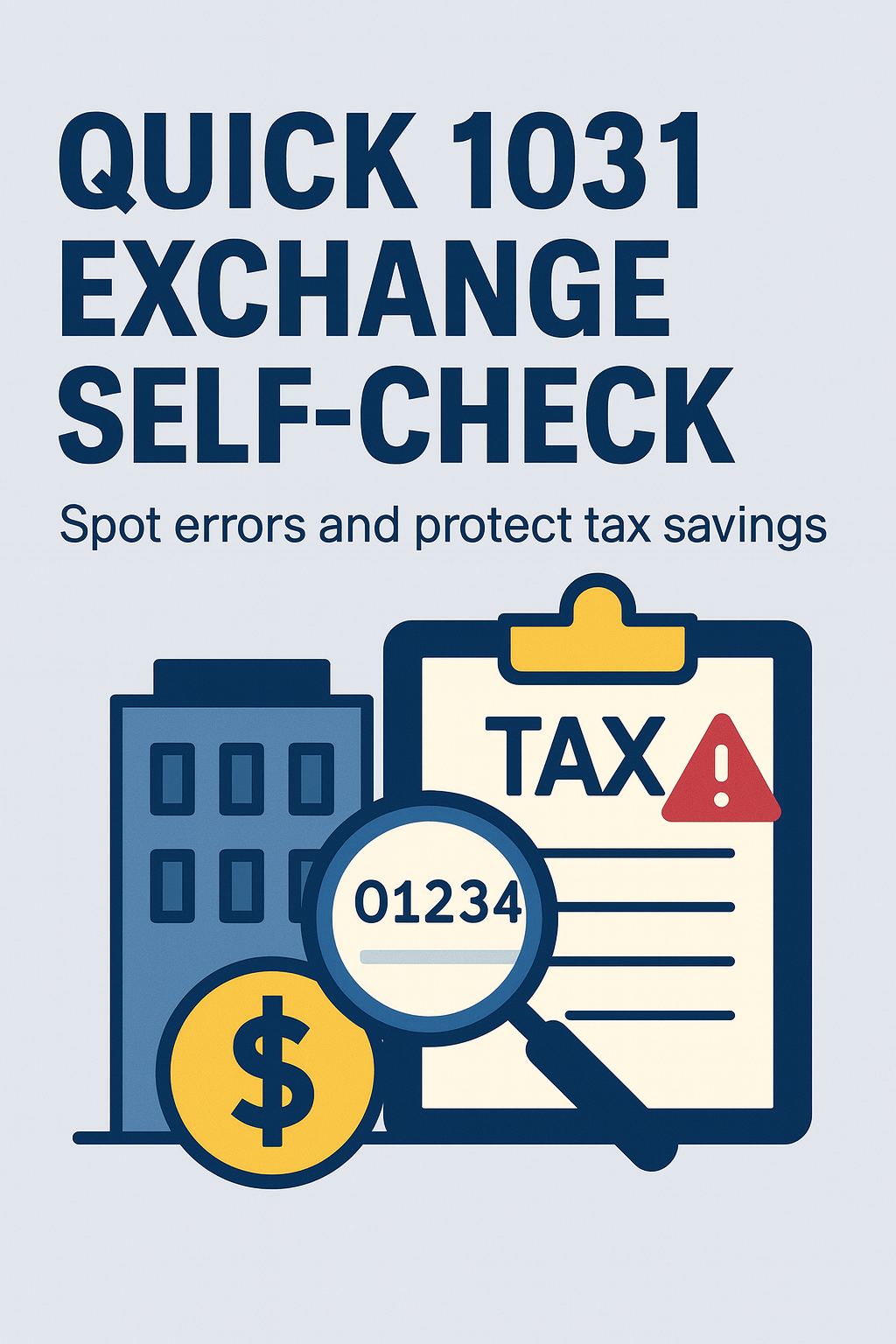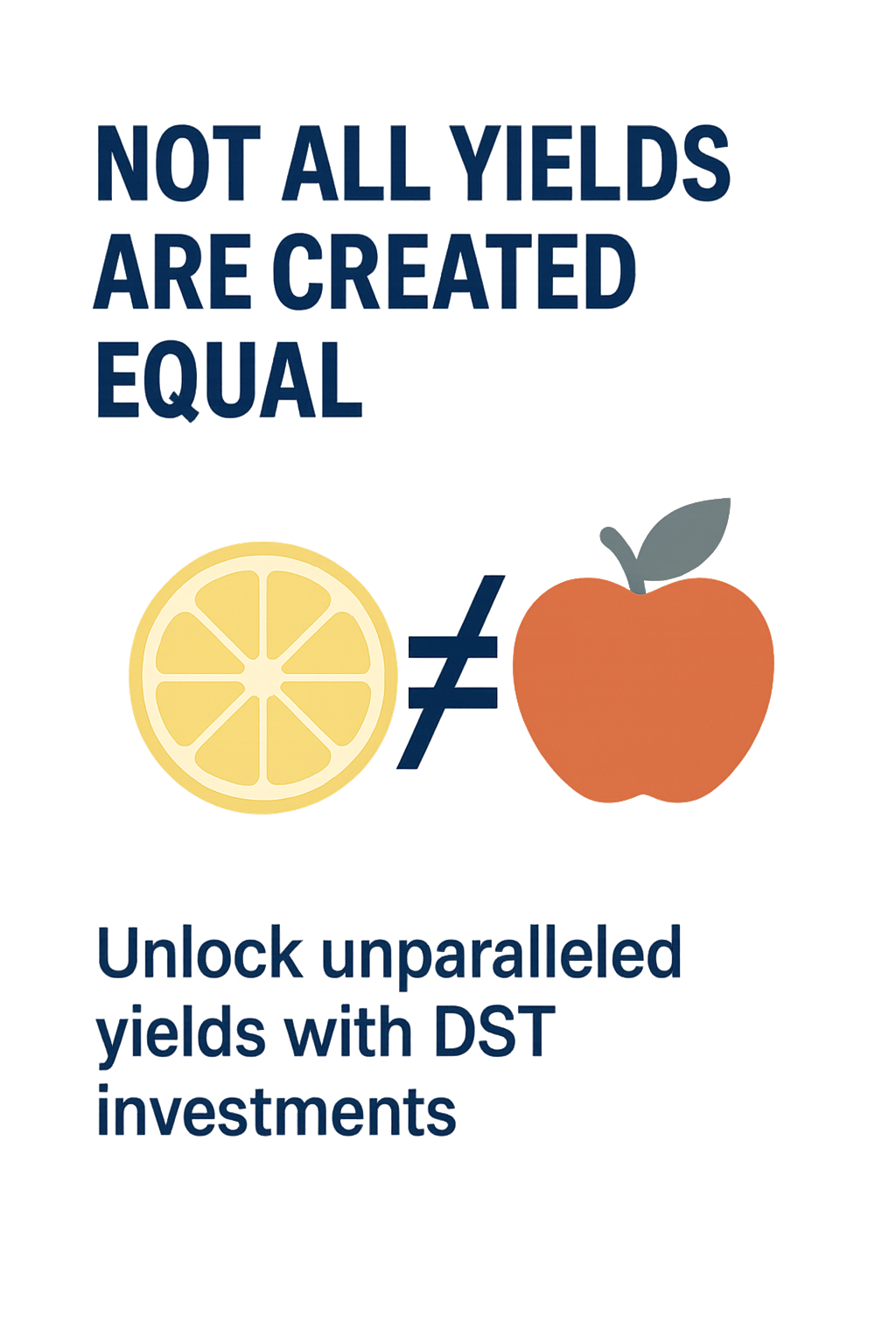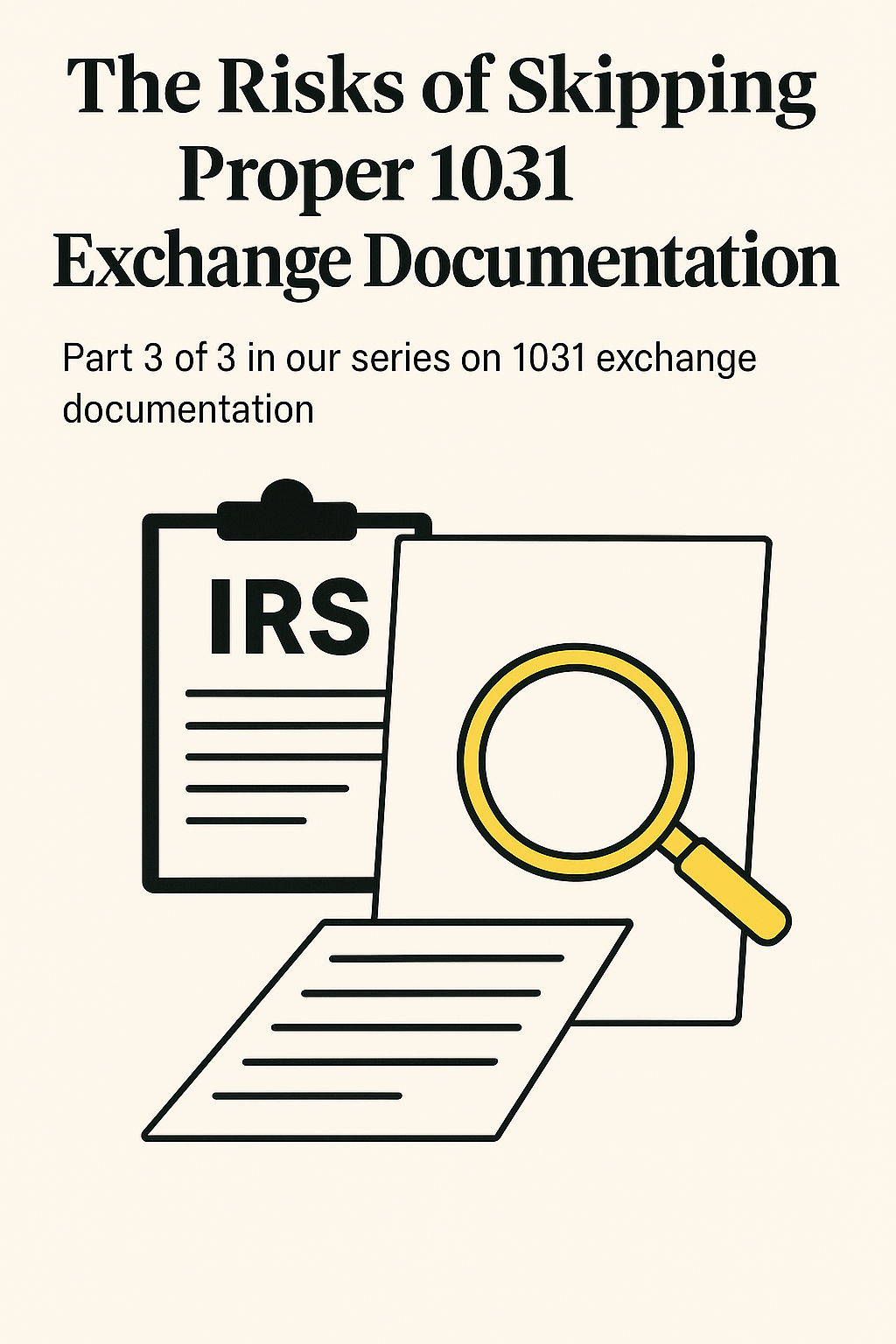In the world of real estate and DSTs, it’s very common for potential investors to look at pre-tax yields. We find this counterintuitive and very misleading. We often feel compelled to ask clients in this situation what the projected pre-tax yield was on the first rental property they purchased. In fact, we used to ask clients why they bought their first rental property. No one ever said it was because it was projected to make a 7% yield.
Usually, they say it seemed like a good investment, or they were moving to a bigger home and decided to keep the old home as a rental. So, why are DST investors so focused on pre-tax yields now? There are logical reasons, like retirement, where investors need to replace income and thus evaluate investments primarily based on yield. The question is what yield should they be comparing?
Not all yields are equal. When clients compare other investments that appear to have higher yields, they are often comparing grapefruit to apples. Real estate, as an investment, has two distinct attributes unmatched by any other investment: significant tax-saving potential and sustainable leverage. These two attributes make real estate unparalleled as an investment.
Yet, the way clients view yield is often distorted. Take Pauline’s case, for example. Pauline owns a large property and feels she is getting an 8% cash flow. We believe Pauline is guessing at her 8%, thinking, “I’m getting so much money; it must be 8%!” In reality, Pauline is earning a little less than 6% before accounting for the approximately $180,000 in taxes she pays each April 15th.
Pauline was initially resistant to exchanging her property into a DST because she perceived it as offering much lower returns. However, after running a preliminary PREDICT analysis, we found that Pauline would pay more than $900,000 less in taxes and have about $250,000 more in her pocket over the next five years if she exchanged.
Once Pauline realized this truer measure of yield—the actual money she could put in her pocket—DSTs became the perfect solution for her. We believe DSTs could be the perfect solution for your clients, too. For after-tax yield, a moderately leveraged DST providing 4.5% can consistently put more money in your client’s pocket than a 6% CD every year.
Next time you speak with a client and the question of yield arises, respond like this:
“Mr. Investor, I understand that there may be other investments you could make that appear to pay you a higher yield. I’m sure there are. But how much of that higher yield do you suppose you’ll actually keep in your pocket? The truth is that most of the time, the difference between yields on other investments and DSTs will go to the government in the form of higher taxes.If you want to make the government richer, invest in higher-yield opportunities. But if you want to keep and grow your wealth, consider keeping your money invested in quality real estate. If you’re unsure, let me set you up with a complimentary phone conference with Exchange Planning Corporation. Their exchange analysts can calculate—right on our Zoom call—exactly how much you can actually put in your pocket by exchanging into DSTs.”

